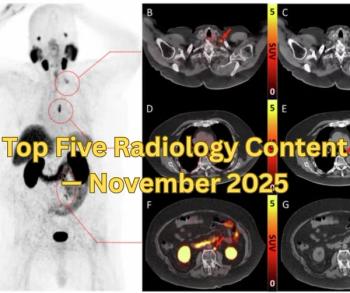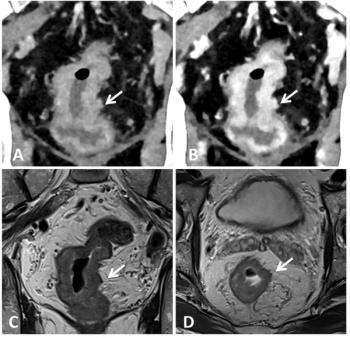
MRI Helps Detect Brain Changes in Early Parkinson’s Disease
Magnetic resonance imaging detects lower connectivity in the basal ganglia network among patients with early Parkinson’s disease.
Resting functional MRI of the basal ganglia network (BGN) detected lower connectivity in patients with early Parkinson’s disease, according to a study published in the journal
Researchers from the U.K. undertook a study to examine functional connectivity between the BGN in cognitively normal patients who were diagnosed with early Parkinson’s disease and a group of sex-matched healthy controls.
A resting-state fMRI (RS-fMRI) was used to obtain a BGN template derived from the 80 subjects in the control group. Following this, “BGN maps were compared between 19 patients with PD on and off medication in the discovery group and 19 age- and sex-matched controls to identify a threshold for optimal group separation,” the authors wrote. “The threshold was applied to 13 patients with PD (including five drug-naive) in the validation group to establish reproducibility of findings.”
The researchers found that the patients with Parkinson’s disease showed reduced functional connectivity with the BGN compared with the controls, however, medication significantly improved the connectivity. “Average BGN connectivity differentiated participants with PD from controls with 100 percent sensitivity and 89.5 percent specificity.”
A second group comprising 13 patients with early-stage Parkinson's disease had similar findings. The researchers correctly identified 11 out of the 13 patients (85 percent accuracy).
“By using a new, simple scanning technique the team at Oxford University has been able to study levels of activity in the brain which may suggest that Parkinson's is present,” Claire Bale, Research Communications Manager at Parkinson's UK, said in a release.
Newsletter
Stay at the forefront of radiology with the Diagnostic Imaging newsletter, delivering the latest news, clinical insights, and imaging advancements for today’s radiologists.



























